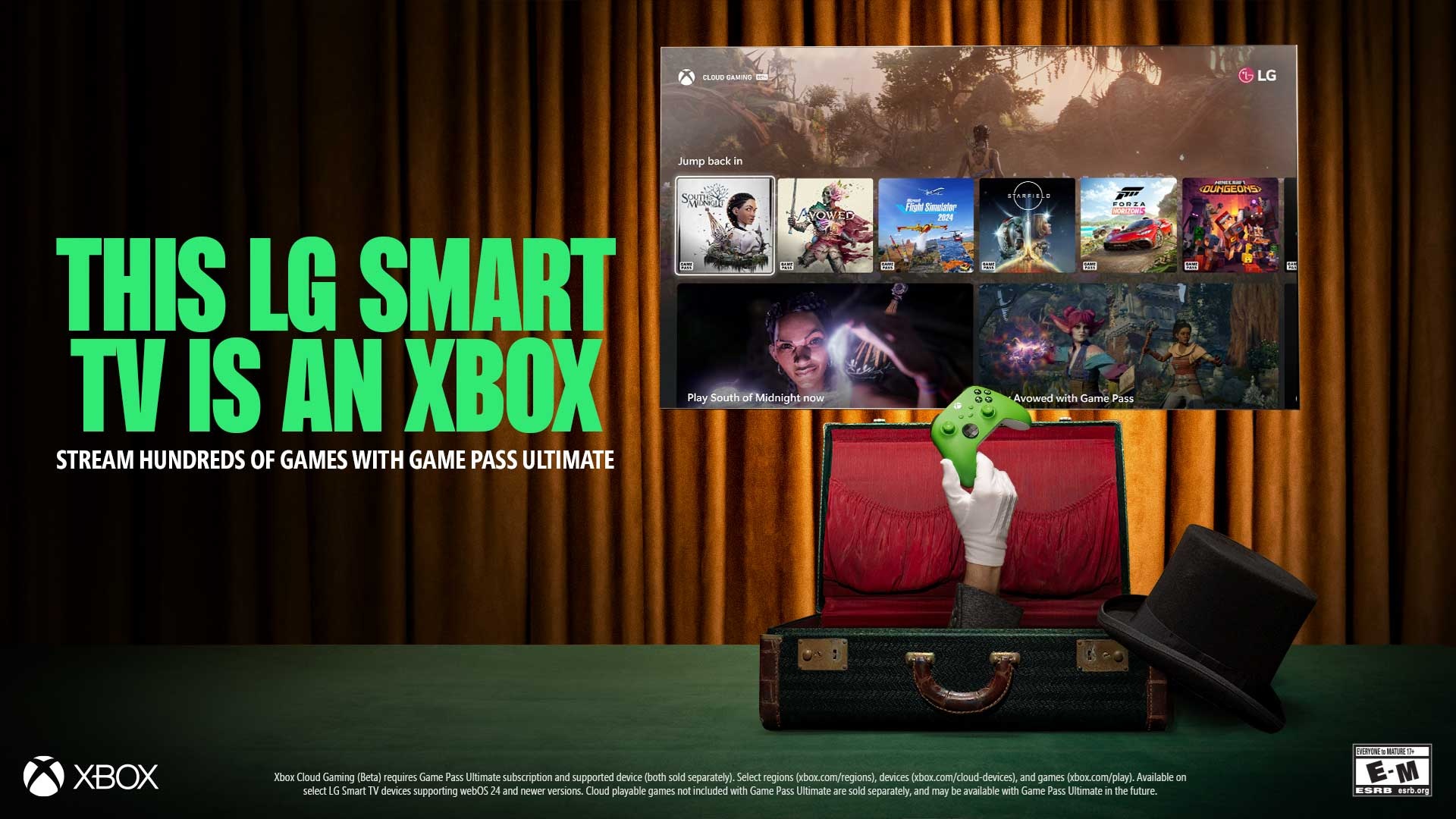Nintendo Switch 2 vs Steam Deck: Which handheld should you buy for PC gaming or console exclusives?
The new Nintendo Switch 2 is a compelling handheld, but is it worth buying over a Steam Deck? Let's discuss.
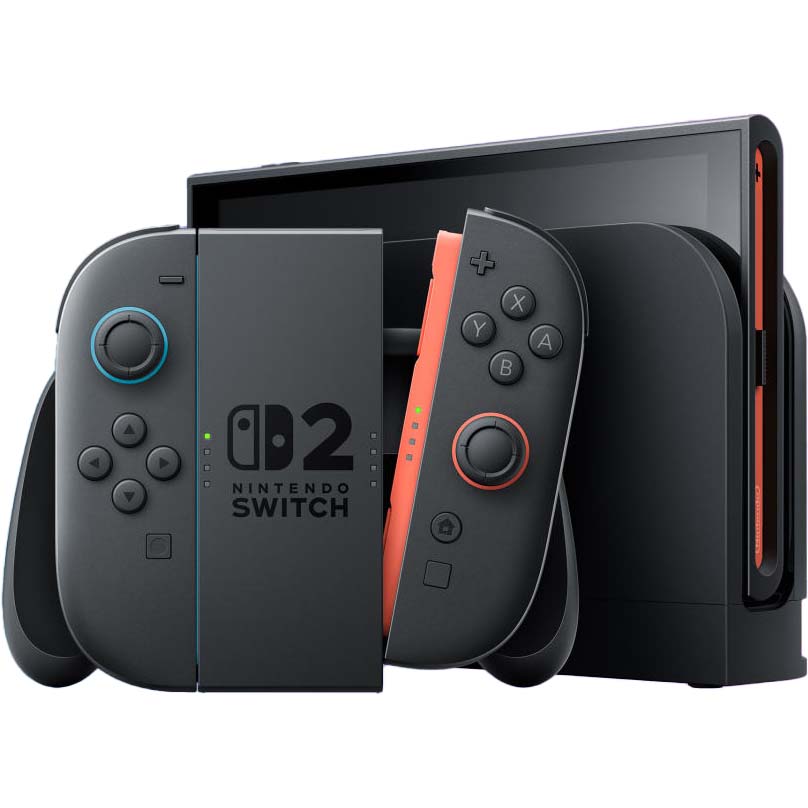
The Nintendo Switch 2 offers a larger 7.9-inch LCD display that can reach a higher resolution and refresh rate than either Steam Deck. It also supports VRR to improve motion clarity, which the Steam Deck does not. Additionally, the Switch 2 comes with a docking station so you can easily connect it to a TV or monitor. Since it has two USB-C ports, it can be charged while still being plugged into another accessory. It doesn't run like a traditional PC, but it has a large library of solo and couch co-op games for everyone from kids to adults.
For
- Comes with a docking station
- Features a larger 7.9-inch, 1080p, 120Hz LCD display
- Supports VRR and HDR10
- Offers two USB-C ports
Against
- More limited than a PC handheld
- No OLED display option, yet
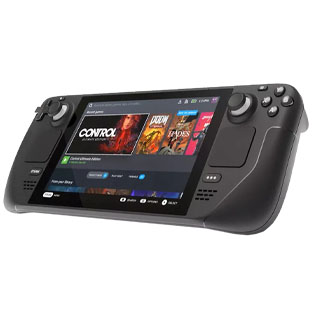
The Steam Deck is the most popular PC gaming handheld out there. It runs SteamOS, providing a simplified interface for accessing your library of Steam games. You can get it with a 7-inch LCD screen or a 7.4-inch OLED display. It's a bit outdated these days with its lower resolution and refresh rate, but it offers two touchpads for finer in-game control and is designed to be upgraded. It also has a lower starting price. All in all, it's one of the very best devices for playing your PC games.
For
- Features two touchpads
- Simple interface that accesses Steam library
- OLED and LCD options available
Against
- Some PC games aren't compatible
- Doesn't come with a dock
- Lower resolution and refresh rate
As its name suggests, the Nintendo Switch 2 is a next-gen hybrid handheld console that features improved specs compared to the original Switch.
Meanwhile, the Steam Deck is the most popular PC gaming handheld that runs SteamOS, so you can easily access your library of Steam games.
These devices might both be handhelds with somewhat similar layouts, but they offer wildly different playing experiences.
On this page, I discuss their pros and cons to help you figure out which device is best for you.
Recent updates
UPDATE April 7, 2025 @9:17am PT: Nintendo has provided a new statement on Switch 2 JoyCon 2 controllers. I've added this info to this article. I've also add more information on how tariffs could increase pricing for U.S. buyers.
Recent updates
UPDATE April 4, 2025 @ 8:47am PT: Nintendo Switch 2 preorders are being delayed in the U.S. as Nintendo assesses the current tariff situation the U.S. administration has unleashed. I've added more information about this in the Price section of this page.
Recent updates
UPDATE April 3, 2025 @ 9:27am PT: Today, NVIDIA released new information about the Switch 2 processor. I've included this information in the performance section of this page.

I have conducted testing on several gaming handhelds including the Nintendo Switch, Steam Deck, ASUS ROG Ally, ROG Ally X, MSI Claw 8 AI+, Lenovo Legion Go, and much more. Each evening, I unwind by playing my favorite games on one of these portable devices. I know what to look for when evaluating gaming hardware and understand that each handheld can fit a specific use case.
Switch 2 vs Steam Deck: Specs
Before I dive into different categories and compare the Switch 2 against the Steam Deck, take a look at their specs.
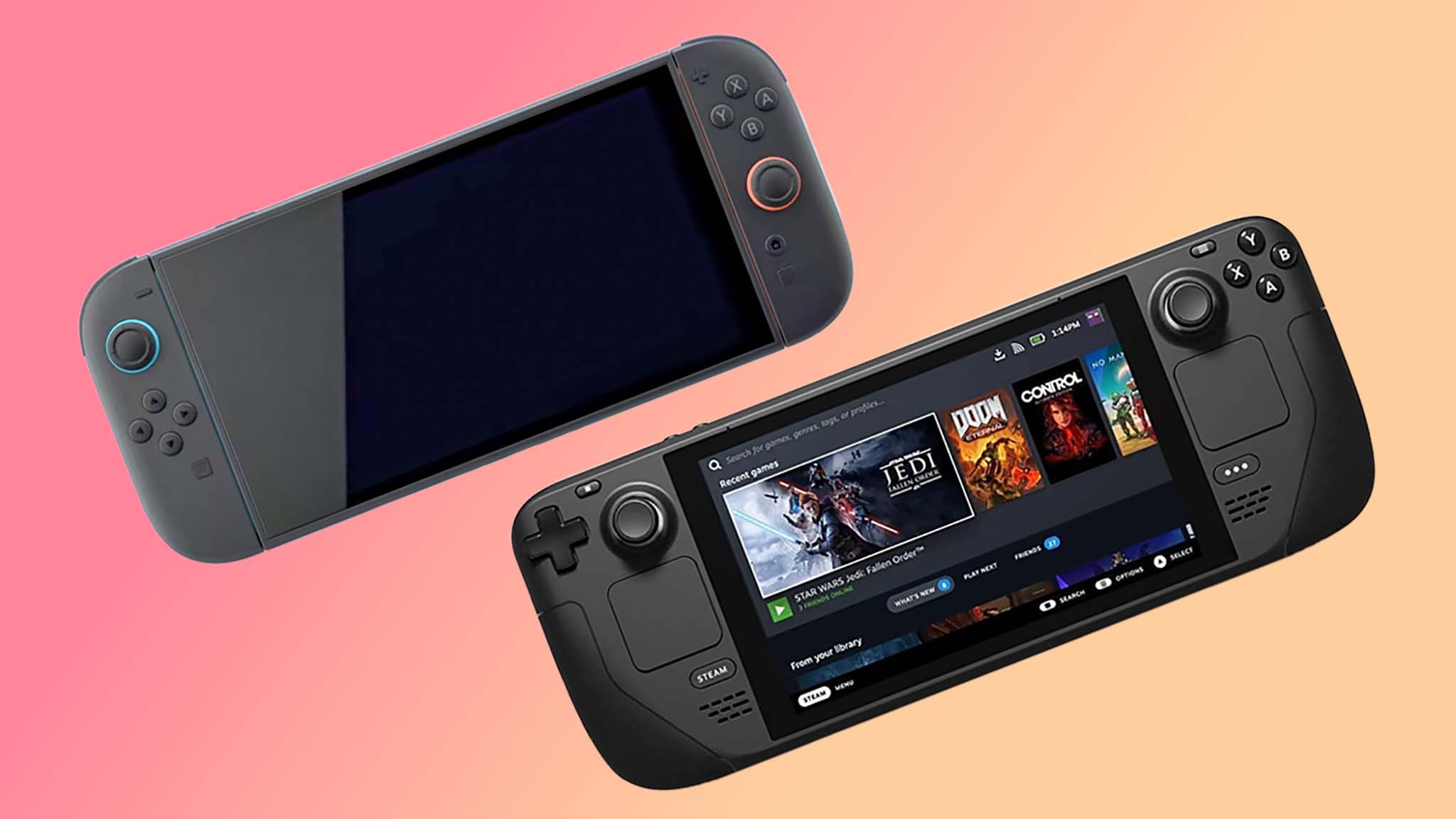
| Header Cell - Column 0 | Nintendo Switch 2 | Steam Deck LCD / Steam Deck OLED |
|---|---|---|
Price | $449.99 (Price might increase in the U.S. due to tariffs) | $399 | $529 | $649 | (OLED - $549 | $649) (Pricing might increase in the U.S. due to tariffs) |
Release date | June 5, 2025 (preorder April 9) | February 25, 2022 |
Processor | Custom NVIDIA processor | Semi-custom AMD APU code-name "Aerith" (TSMC 7nm) |
CPU | Unknown | Custom Zen 2 "Van Gogh." 4 cores, 8 threads, 2.4-3.5 GHz |
GPU | Unknown | 8 RDNA 2 CUs, 1.0 - 1.6 GHz |
Storage | 256GB | 64GB eMMC | 256GB NVMe SSD | 512GB NVME SSD |
Memory | Unknown | 16 GB LPDDR5 @ 5500 MT/s over 4x 32-bit memory channels = 88GB/s total bandwidth |
OS | Nintendo Switch System Software | Steam OS 3.0 |
Display | 7.9-inch (1920x1080) HDR10, LCD capacitive touchscreen, 4K output @60fps when docked | 7-inch (1280 x 800) 16:10 IPS touchscreen, 400nits | (OLED - 7.4-inch HDR OLED, 1280 x 800 up to 1,000 nits) |
VRR | Yes | No |
Refresh rate | 120Hz | 60Hz | (OLED - 90Hz) |
Connectivity | Wi-Fi 6 + Bluetooth | Wi-Fi 5 + Bluetooth 5.0 | Wi-Fi 6E + Bluetooth 5.3 |
Ports | 2x USB-C, 1x microSD Express card reader, 1x headphone jack, | 1x USB-C port, 1x headphone jack, 1x microSD card slot |
Trackpads | None | ✓ |
Haptics | Unknown | ✓ |
Dimensions | 4.5 (H) x 10.7 (L) x 0.55 inches (D) (~114 x 272 x 14mm) | 11.73 x 4.6 x 1.93 inches (298 x 117 x 49 mm) |
Weight | 0.88 lbs (399g) without JoyCon, 1.18lb (535g) with JoyCon | 1.47 lbs (669g) |
Battery life | Approx. 2 - 6.5 hours | 83 mins - 7 hours | (OLED 3 - 12 hours) |
Switch 2 vs Steam Deck: Price
For a long time, analysts predicted that the Switch 2 would sell for $399.99 or higher. It turns out the actual price initially announced for this next-gen Switch is $449.99.
This price will likely go up in the U.S. due to tariffs put in place by the U.S. (more on that later).
This is roughly $150 more than the initial Nintendo Switch and the starting Steam Deck LCD.
Preorders are set to go live on April 9 (outside the U.S.), with the handheld launching on June 5, 2025. If you're interested, you can sign up for Switch 2 notifications at Best Buy.
You get more with a Switch 2 purchase than you do with a Steam Deck, since you receive the handheld itself, a docking station, and a controller accessory.
A note on tariffs in the U.S.
Why you can trust Windows Central
Nintendo is delaying Switch 2 preorders in the U.S. after the Trump administration placed heavy tariffs on Vietnam, where Nintendo does a lot of its hardware manufacturing.
It's possible that the cost of the Switch 2 could also go up as much as 50% in the U.S. due to these tariffs, which could increase the Switch 2 price to as much as $675.
Of course, tariffs will affect any tech manufactured outside of the U.S., including the Steam Deck, which is largely manufactured in China.
It's worth noting that the U.S. has placed 34% levies on China and an even greater 46% on Vietnam. As such, it's very likely that the cost of products coming from Vietnam (like Switch 2) will increase higher than the cost of products coming from China (like Steam Deck).
We currently don't know if or when Steam Deck prices will increase, but it's best to expect the cost to go up unless these tariffs change.
I'll update when I learn more.
Steam Deck configurations and pricing
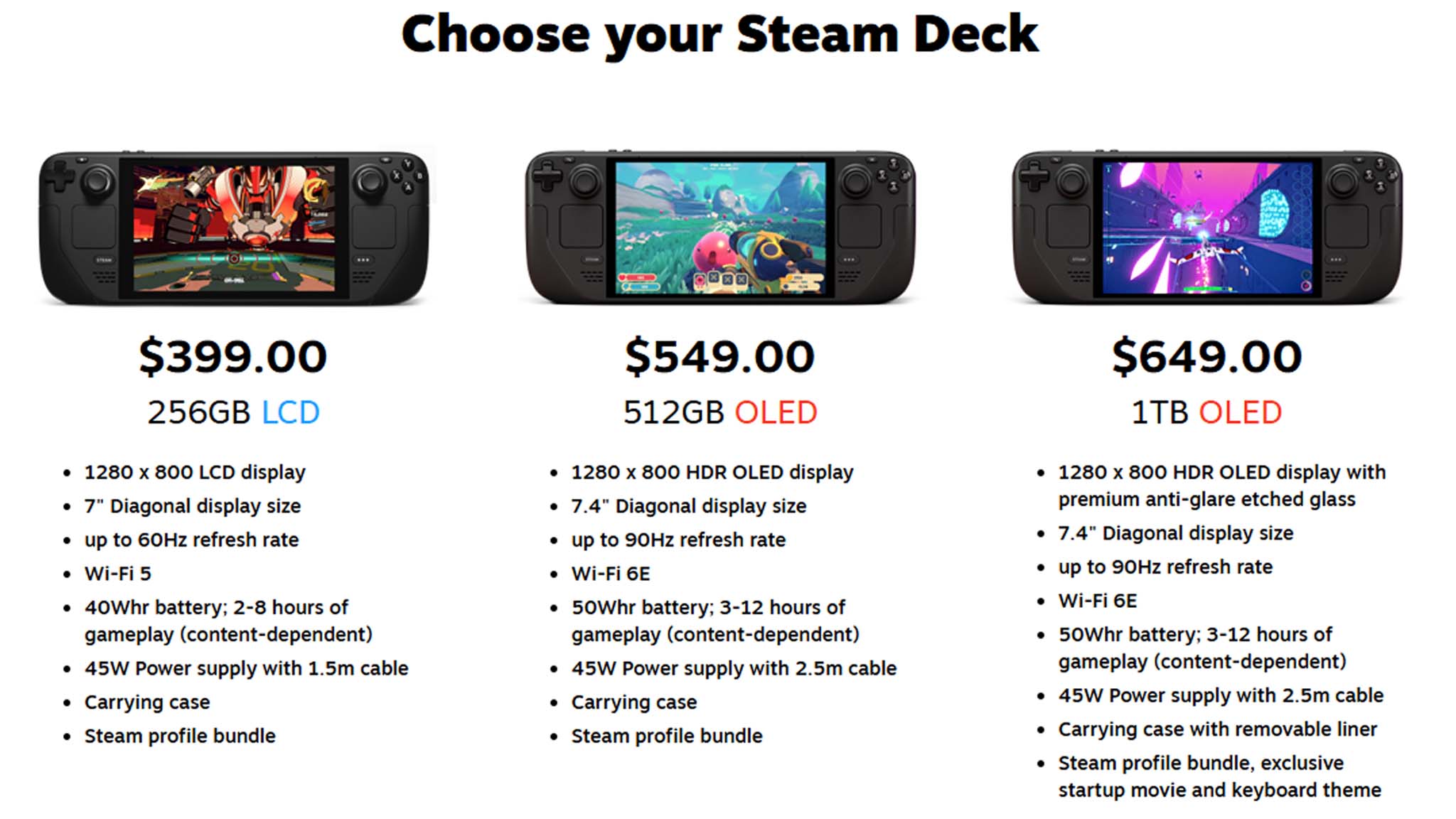
The Steam Deck comes with a carrying case, but you'll need to purchase a docking station separately if you want one.
As of right now, there are three different Steam Deck configurations to choose from.
The least expensive features an LCD display, a 256GB SSD, and sells for $399.00.
Meanwhile, there are also two Steam Deck OLED configurations: The first has a 512GB SSD and sells for $549.00, while the second has a 1TB SSD and sells for $649.00 at Valve.
Valve used to sell more LCD configurations, but these can only be purchased second-hand or from third-party sellers at this point.
Of course, you'll want to look at factors other than the price to determine which of these devices best fits your gaming needs.
WINNER: The Steam Deck LCD sells for $399.00 and has a lower price point than the $449.99 Switch 2. Both Steam Deck and Switch 2 pricing will likely go up in the U.S. due to tariffs, but it's likely that Steam Deck will still have a lower starting price.
Switch 2 vs Steam Deck: Performance
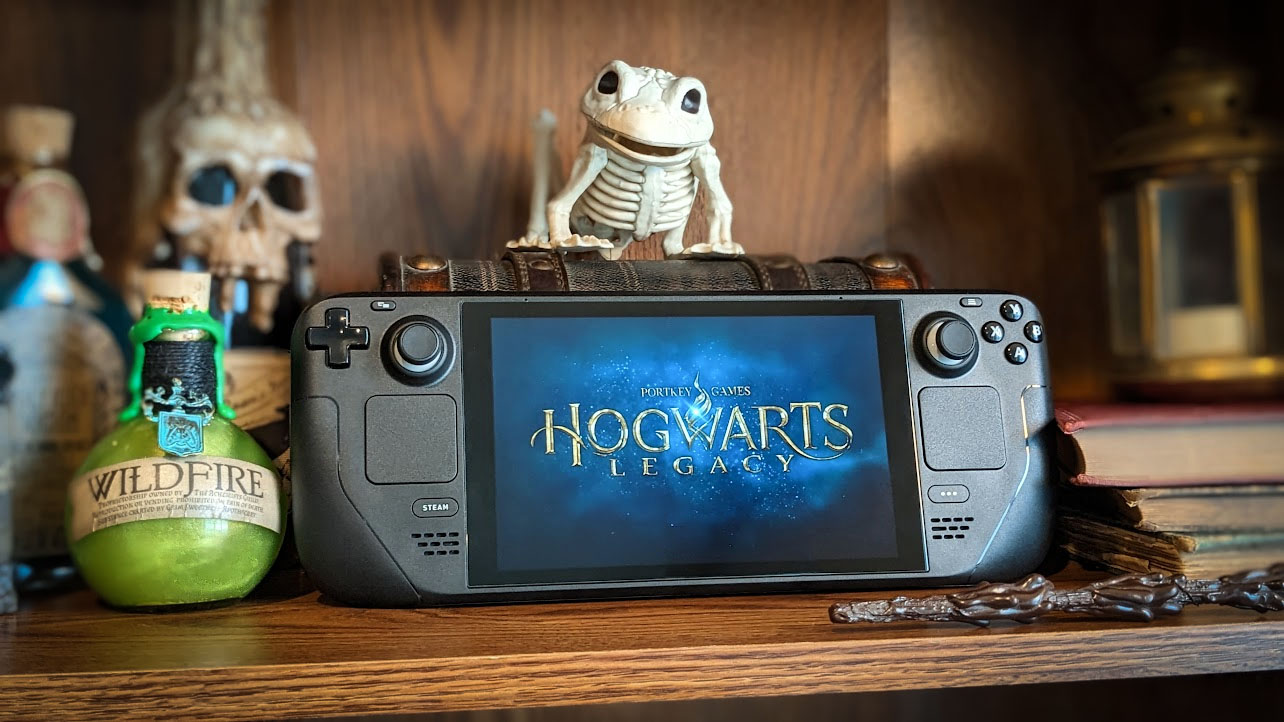
It's hard to say for sure what Nintendo Switch 2's performance is like, given that the device hasn't been released yet.
What's more, Switch 2 processor details have not been revealed other than the fact that it uses a custom NVIDIA chip. I have reached out to NVIDIA to see if I can learn more and will update this page if I do.
The rumor going around is that the Switch 2 will perform similarly to the original Xbox One and PS4, which would put it generally around the same performance level as a Steam Deck.
The day after the Switch 2 Direct, NVIDIA officially revealed that the Switch 2's GPU has "dedicated RT Cores and Tensor Cores for stunning visuals and AI-driven enhancements." This hybrid handheld also uses Deep Learning Super Sampling (DLSS) AI upscaling and Ray Tracing to improve resolution and game details.
Additionally, NVIDIA reveals that the Switch 2 offers "10x the graphics performance of the Nintendo Switch."
Meanwhile, the Steam Deck utilizes a semi-custom AMD APU (accelerated processing unit) with a custom Zen 2 CPU (central processing unit) with four cores and eight threads, and an RDNA 2 GPU (graphics processing unit).
It's unclear how much RAM it will have.
Additionally, the Switch 2 comes with 256GB storage, which is a lot more than the original Switch's measly 32GB, but small compared to the Steam Deck OLED's 512GB and 1TB offerings.
That said, Switch games don't take up a lot of space, so it's likely that Switch 2 games take up more space, but not as much as a PC game would.
It's worth mentioning that the Switch 2 can only use microSD Express Cards in its reader, so if you want to expand your storage, you'll have to get a compatible flash-memory card.
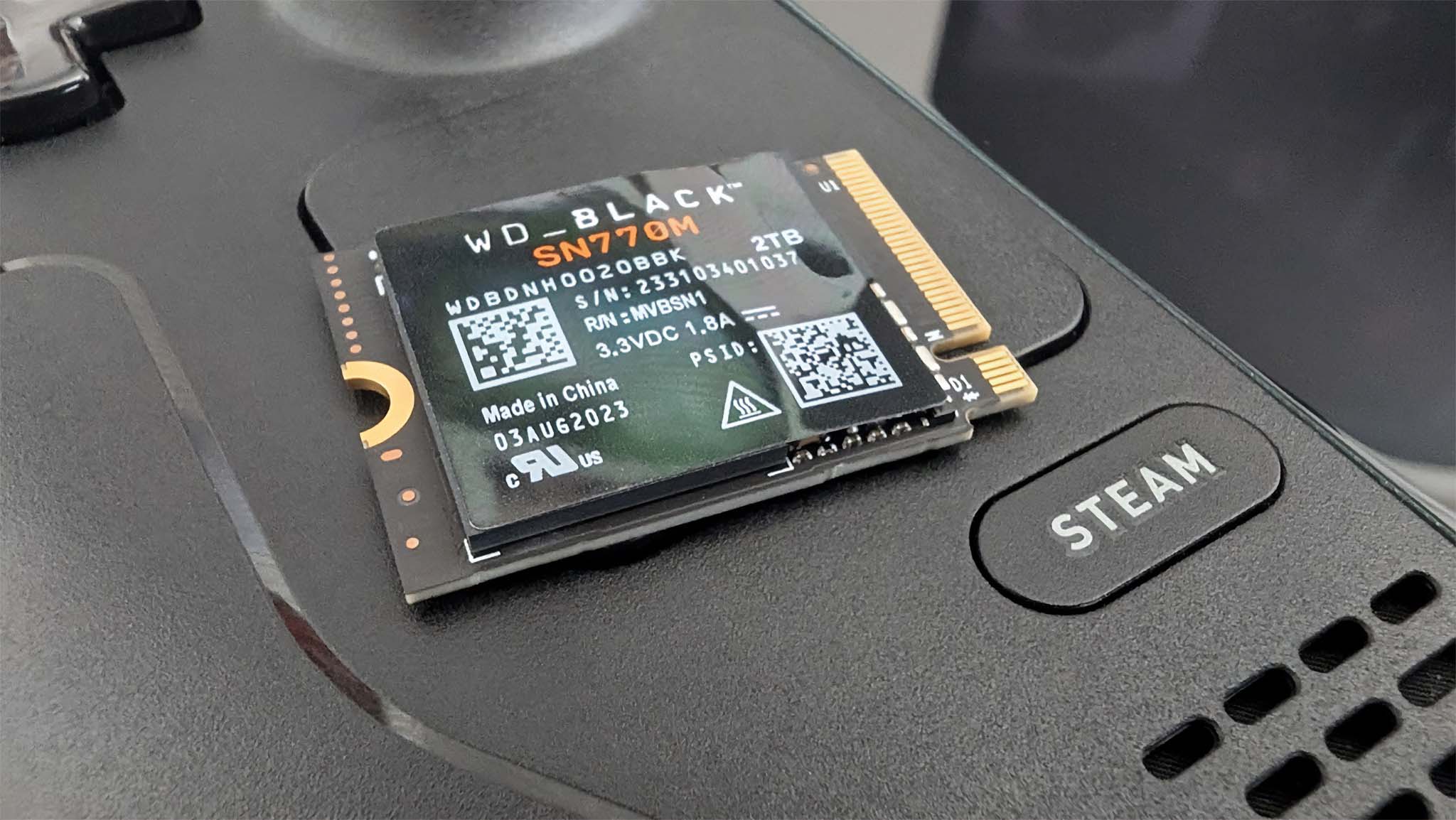
The Steam Deck is admittedly less powerful than other PC gaming handhelds like ASUS ROG Ally X, Lenovo Legion Go, and MSI Claw 8 AI+, but it works well overall.
As I said before, its performance is often compared to the Xbox One and PS4, which is good, just not the best.
I'll go more into this later on the page, but suffice it to say that many games have been optimized to play well on Steam Deck, and these tend to offer a very nice experience on the handheld.
Having the option to get a 256GB, 512GB, or 1TB SSD on the Steam Deck provides a lot more flexibility.
You can also upgrade the SSD or insert a microSD card to get more game storage space.
One other thing worth mentioning is that Valve specifically designed the Steam Deck to be upgradeable. I myself have easily upgraded my Steam Deck SSD, and there are a bunch of other upgrades you could make as well.
But Nintendo historically does not like users making customizations on its hardware and usually hasn't made DIY upgrades easy.
WINNER: It's hard to declare a winner here until I can get the Switch 2 and test its performance for myself. It's possible it could be more powerful than Steam Deck, considering its other specs.
Switch 2 vs Steam Deck: Display
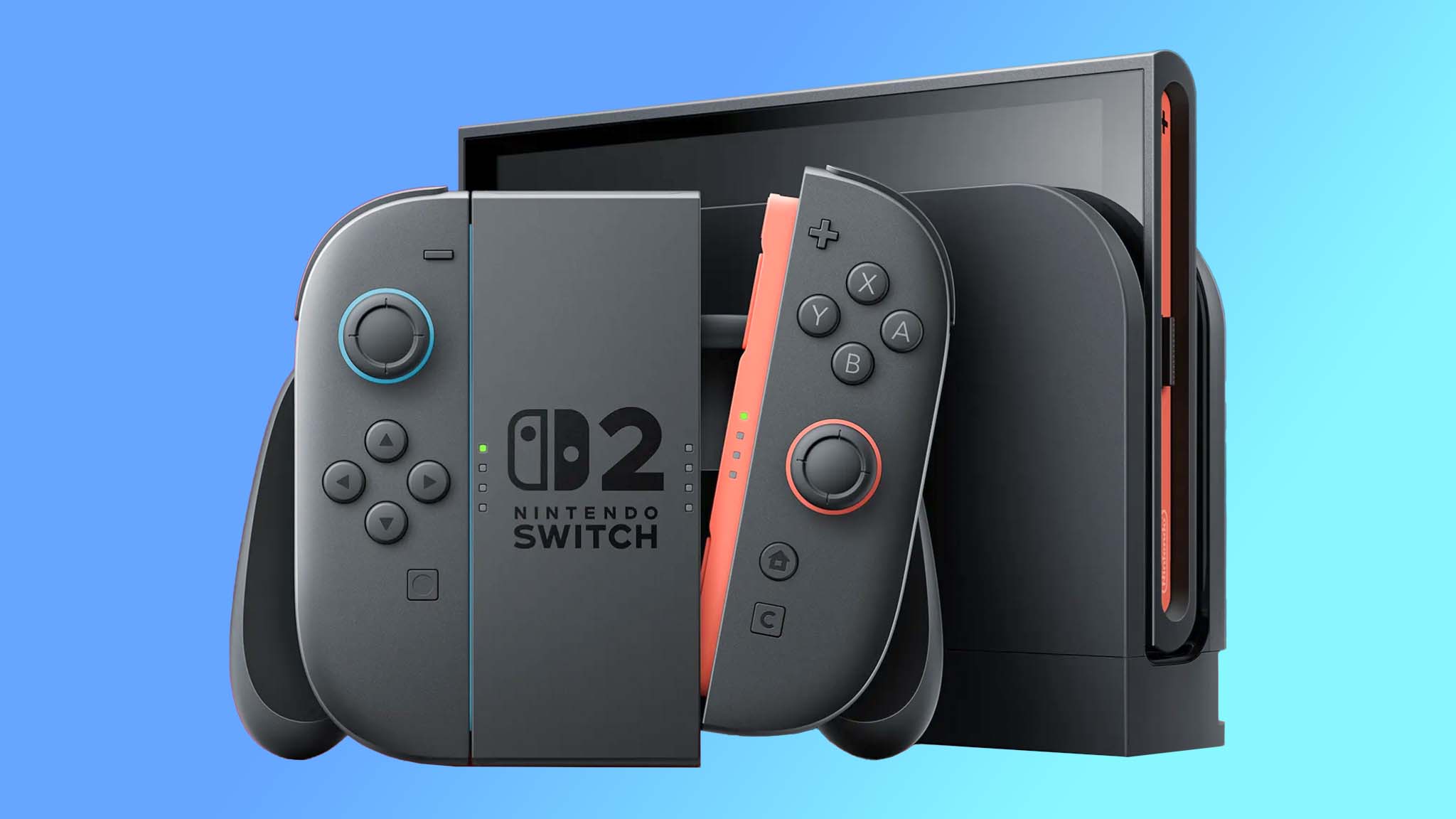
The display is one area where the Switch 2 largely trounces the Steam Deck.
While the original Nintendo Switch only had a 6.2-inch display, the Switch 2 actually features a much larger 7.9-inch LCD touchscreen.
The screen also supports VRR (variable refresh rate) to help eliminate screen tearing, supports HDR10, can reach up to 120Hz refresh rate, and can reach up to a crisp 1080p (FHD) resolution.
When you put the handheld in the included dock, it can output to 4K when displayed on a compatible TV or monitor.
There is currently no OLED option for Switch 2, but I'll be shocked if we don't get a Switch 2 OLED in the next few years.
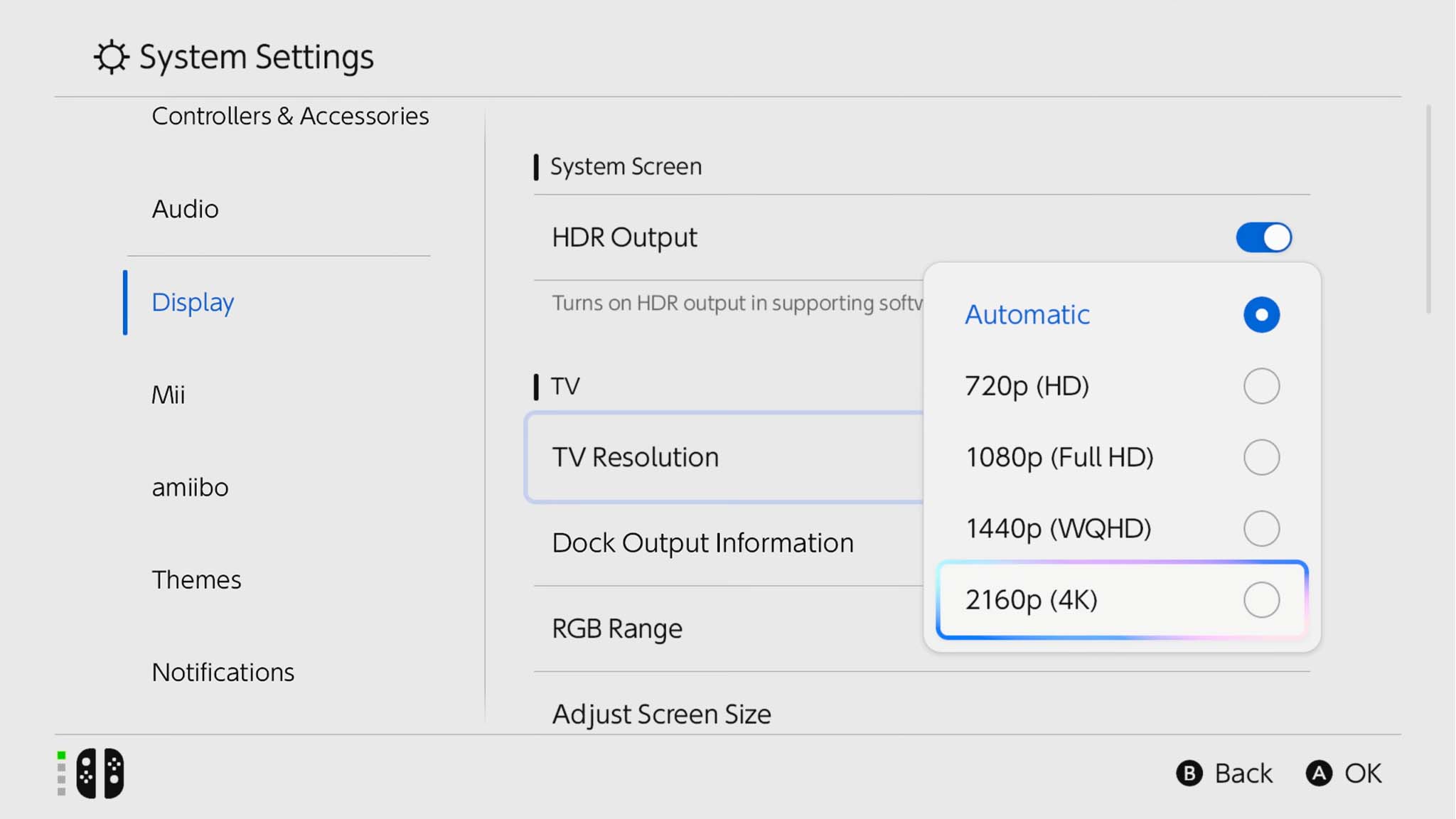
Meanwhile, the Steam Deck can come in either a 7-inch LCD display or a 7.4-inch OLED display.
Both display types can only reach as high as 800p, which isn't nearly as crisp as the Switch 2's 1080p.
On top of that, the Steam Deck does not support VRR and its refresh rates are much lower — Up to 60Hz on LCD, up to 90Hz on OLED.
WINNER: Even though the Steam Deck can come with an OLED display, the Nintendo Switch 2's larger display is better overall since it supports VRR, has a higher refresh rate, and a higher resolution.
Switch 2 vs Steam Deck: Buttons and joysticks
In a general sense, the Steam Deck and Switch 2 have a very similar overall control layout. They both have ABXY buttons, menu buttons, a home button, some sort of D-Pad, bumpers, and triggers.
However, there are some very distinct differences between the two.
For one thing, the Steam Deck features inline joysticks while the Switch 2 has offset joysticks. There are a lot of opinions about which design is better, but in general, I'd say offset feels more comfortable.
It's also worth noting that the Steam Deck does not have Hall Effect joysticks. Nintendo also recently confirmed that the Switch 2 won't have Hall Effect joysticks either, but they have been "designed from the ground up" (thanks, NintendoLife).
Given the original Switch's drift issues, I really hope Nintendo has managed to create a better joystick experience.
Another thing is that the Steam Deck has touchpads on either side, to give players more fine control in games.
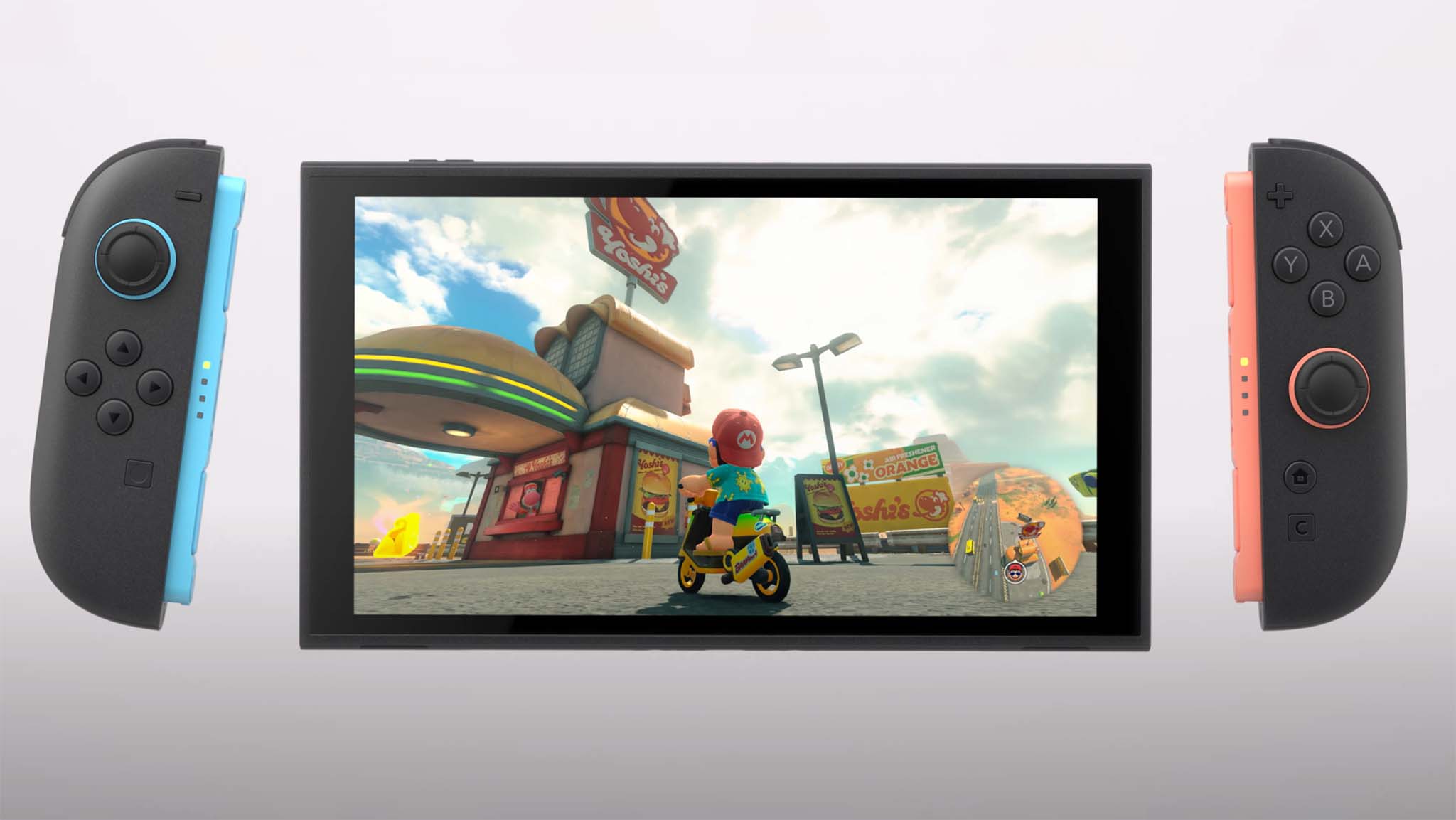
The Switch 2 stands out with its JoyCon controllers that detach when you press a button and magnetically snap back into place when held close to the main device.
When turned sideways, either controller half can be used as its own controller, which allows for easy multiplayer on the go.
If you're playing with the Switch docked to your TV, you can use the included accessory to unite the detached controller halves into a more traditional controller.
Additionally, Nintendo has also revealed a new Pro Controller for the Switch 2, which has a relatively similar design to the Xbox Series X Controller.
Nintendo's Switch 2 gimmick is mouse mode
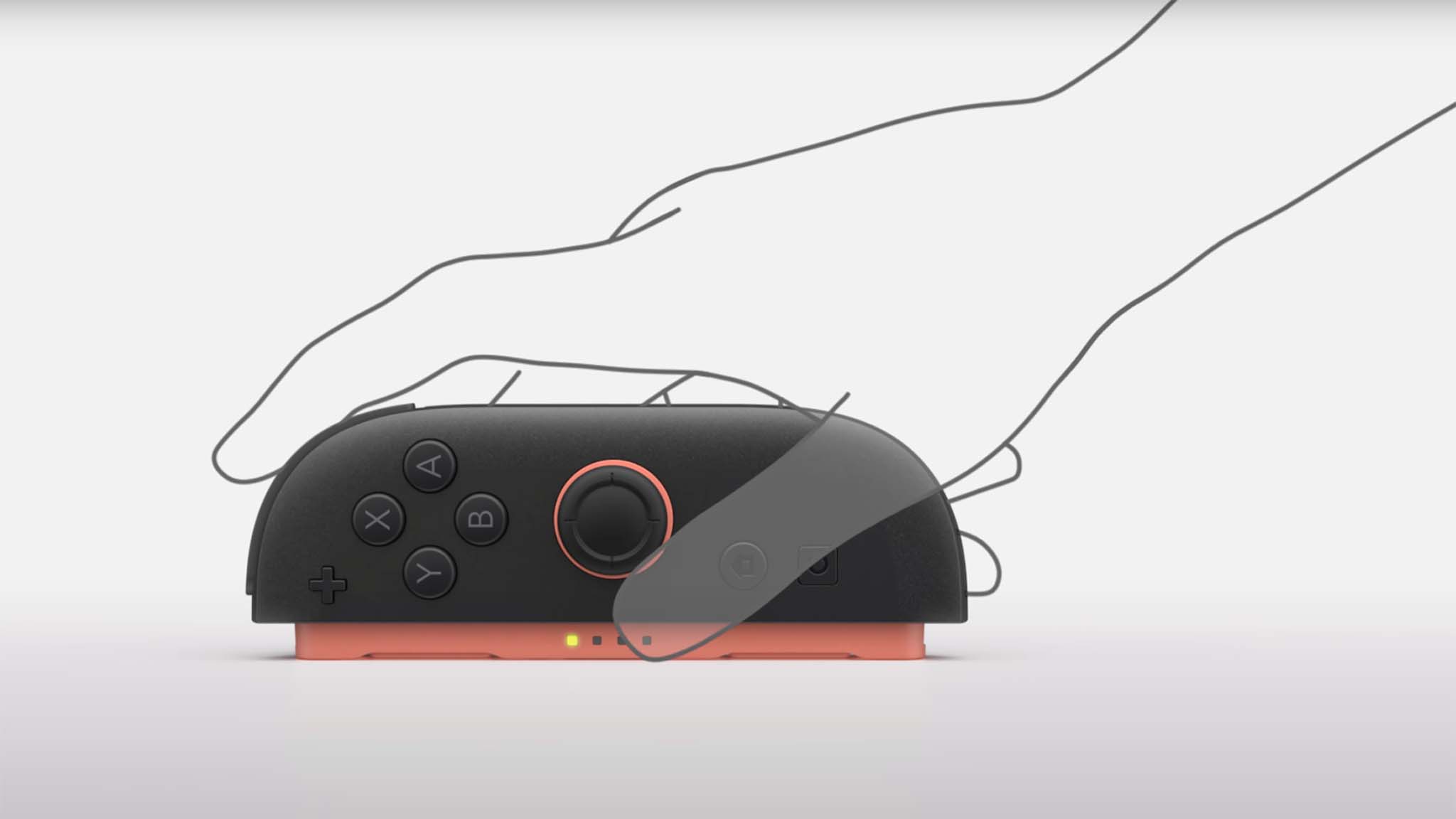
Nintendo almost always provides some sort of new control gimmick with each of its consoles, and in the case of the Switch 2, the gimmick is mouse controls.
When held sideways against a surface, players can slide these JoyCon and use the bumper as a left-click button, which could make it easier to play mouse-click-heavy games like Civilization VII.
It's hard to say for sure how effective and useful this mouse mode is until I can try it myself. Honestly, it will partly depend on how well developers plan around it in their games.
At any rate, you could compare the Switch 2 mouse controls to Steam Deck touchpads in some ways since they both give players more minute control over their in-game movements.
WINNER: Honestly, it's too early to tell. The Steam Deck and Switch 2 are so different in this area that it's hard to declare a winner. There's no denying that the Switch 2 offers more versatility, but it's hard to tell how well these features work at present.
Switch 2 vs Steam Deck: Compatible games & Operating system
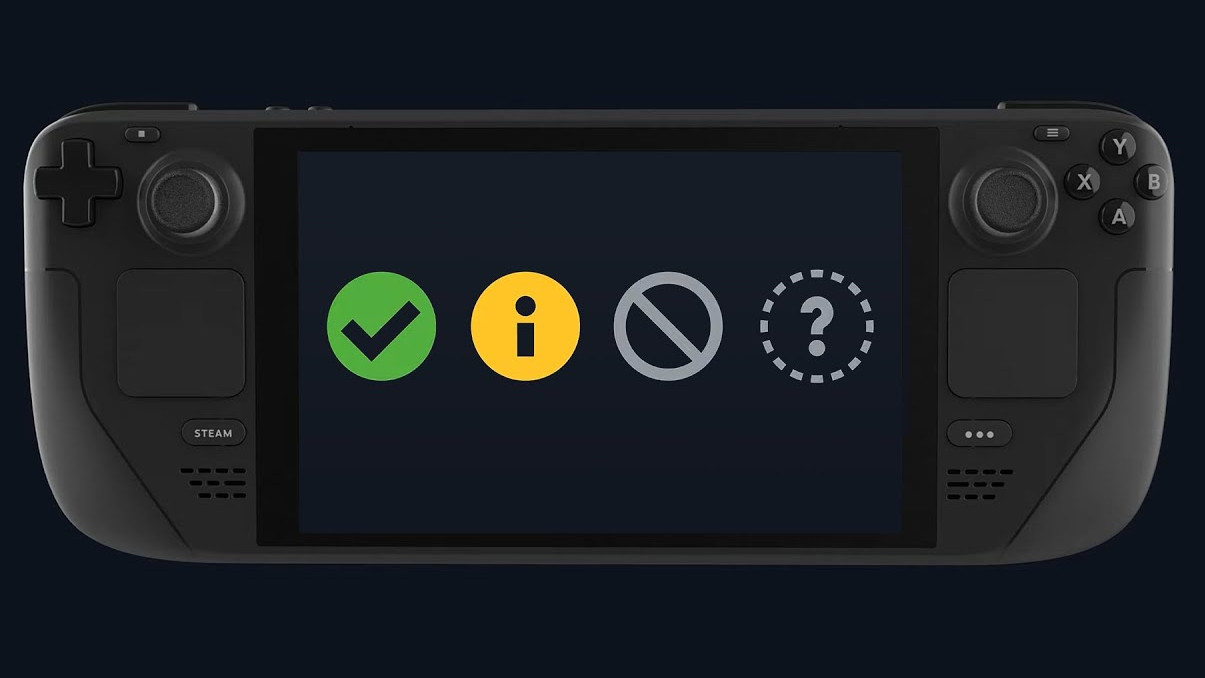
Valve's Steam Deck runs SteamOS, a Linux-based operating system with a simplified interface. The handheld can also be put in a desktop mode and used like a Linux computer.
SteamOS is designed to access your library of Steam games, which can be vast and varied.
I can find everything from cozy indie games like Stardew Valley to massive, graphically intensive adventures like Assassin's Creed Shadows on Steam.
However, not all Steam games run well on Steam Deck due to the handheld's relatively modest internals.
You'll want to check the "Steam Deck Compatibility" section on Steam game pages. If a game has a green checkmark, it means the game is verified to work well on the handheld.
Even then, some developers do not go through the trouble of optimizing their games for Steam Deck or they might just not have the inclination to get it verified, so it's possible some games can run beautifully on Deck without explicitly being marked as verified.
Out of the box, the Steam Deck is only designed to access Steam, but you can use programs like Decky Loader to get access to Battle.net, EA app, Epic Games, and more.
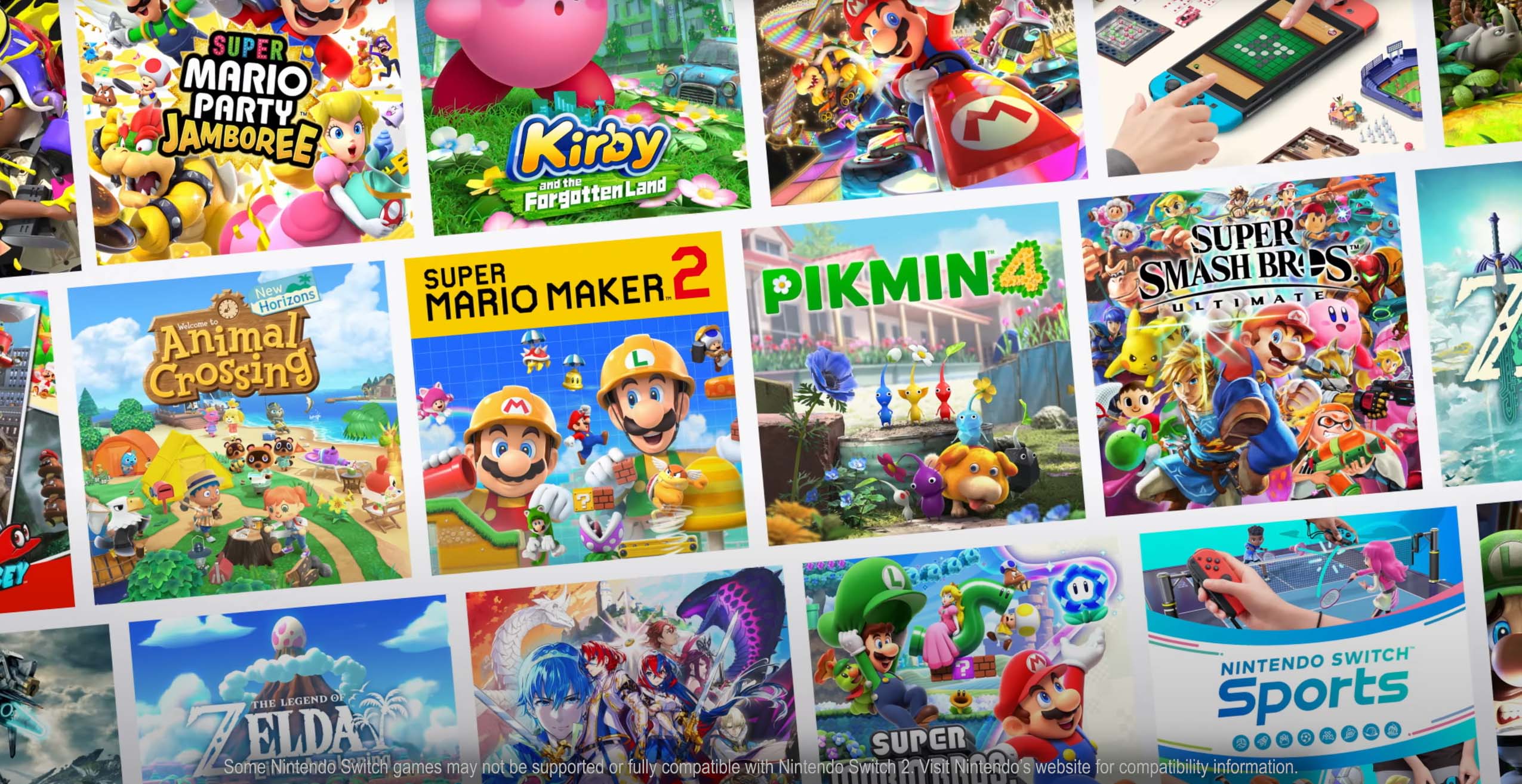
So far, Nintendo has only shown a small glimpse of the Switch 2 interface, but it generally looks like it might be pretty similar to the original Switch.
One of the biggest differences revealed so far is that players will be able to adjust TV resolution in display settings, which wasn't possible before.
Hopefully, that means Switch 2 owners will have even more customization options than the first Switch offered.
Some people see the Switch 2 as a kid's console, but it offers everything from family-friendly multiplayer games like Mario Kart World to mature solo adventures.
Many PC titles that I'd never expect to see on Switch eventually got Switch versions, and we've already seen that starting to happen for Switch 2.
Additionally, we already know that Elden Ring's FromSoftware is exclusively launching its new gritty vampire game, DuskBloods, on the hybrid handheld.
On top of that, Nintendo has stated that most Switch games can run on Switch 2, but there are some exceptions. But that means the new system is already mostly compatible with a massive library, and more games have already been announced.
The original Switch has plenty of couch co-op games, with some party titles able to host as many as eight players (if you have enough controllers to go around).
As such, it's a great family night or game night console as well as a good place to play single-player games.
Something to be aware of is that most games require a Nintendo Switch Online subscription in order for you to play online, which is frustrating since there's nothing like that on Steam Deck.
Just so you know, this membership also gives you access to classic NES and SNES games for a fun nostalgic hit.
If you are willing to pay a bit more, you can spring for the Nintendo Switch Online + Expansion Pack, which gives access to games on N64, Sega Genesis, Game Boy Advance, and more. Plus, GameCube games like The Legend of Zelda: The Wind Waker will be added in later.
WINNER: This feels like comparing apples and oranges. Both the Steam Deck and Switch 2 have a vast and varied library of games. However, the Switch 2 offers more couch co-op games, while the Steam Deck is especially great for solo or online multiplayer adventures.
Switch 2 vs Steam Deck: Battery life
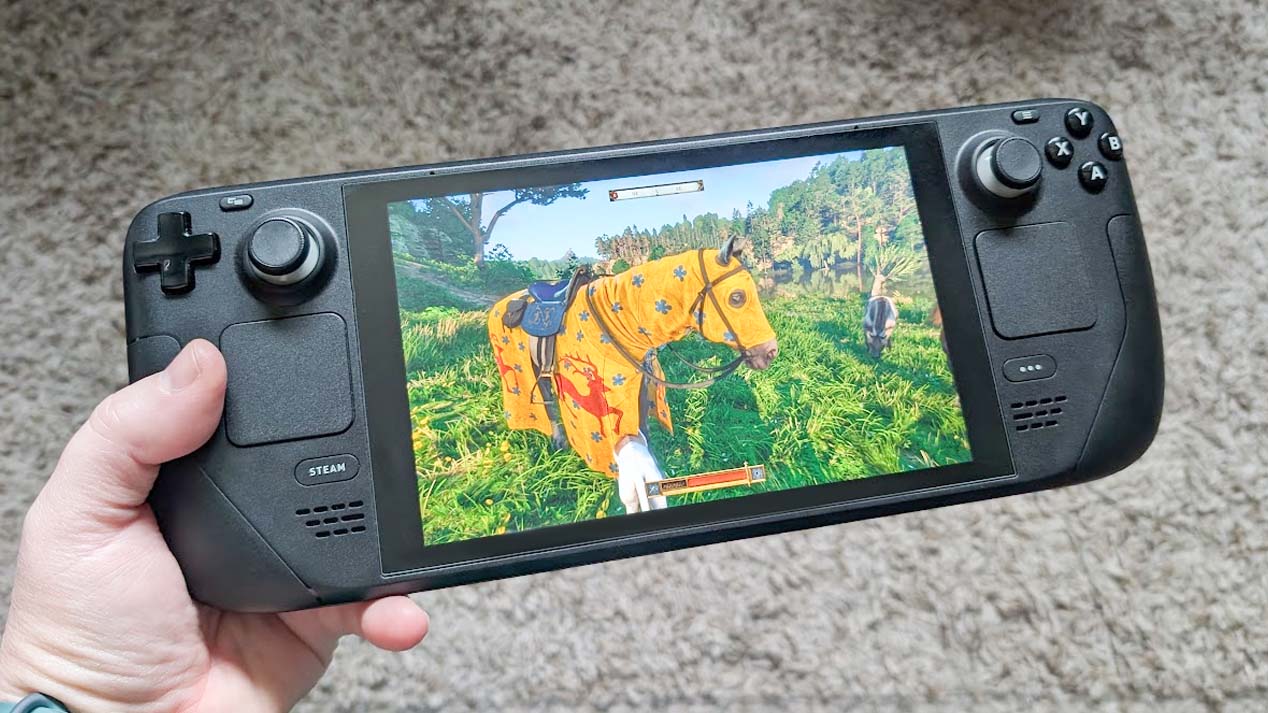
This is another hard area that's hard to compare until I test the Switch 2 myself. Nintendo has not revealed the capacity of its Switch 2 battery, but the company does claim that it can last between two and 6.5 hours.
I'll have to verify this by conducting a test later.
Meanwhile, we know that the Steam Deck LCD has a 40Whr battery that lasts between two and eight hours while the Steam Deck OLED has a 50Whr battery that lasts three to 12 hours.
As with any portable gaming device, battery life changes depending on settings and what games you're playing.
WINNER: If what Nintendo said is correct, then the Steam Deck and Steam Deck OLED batteries can last longer overall. I'll update after performing my own testing.
Switch 2 vs Steam Deck: Hand comfort
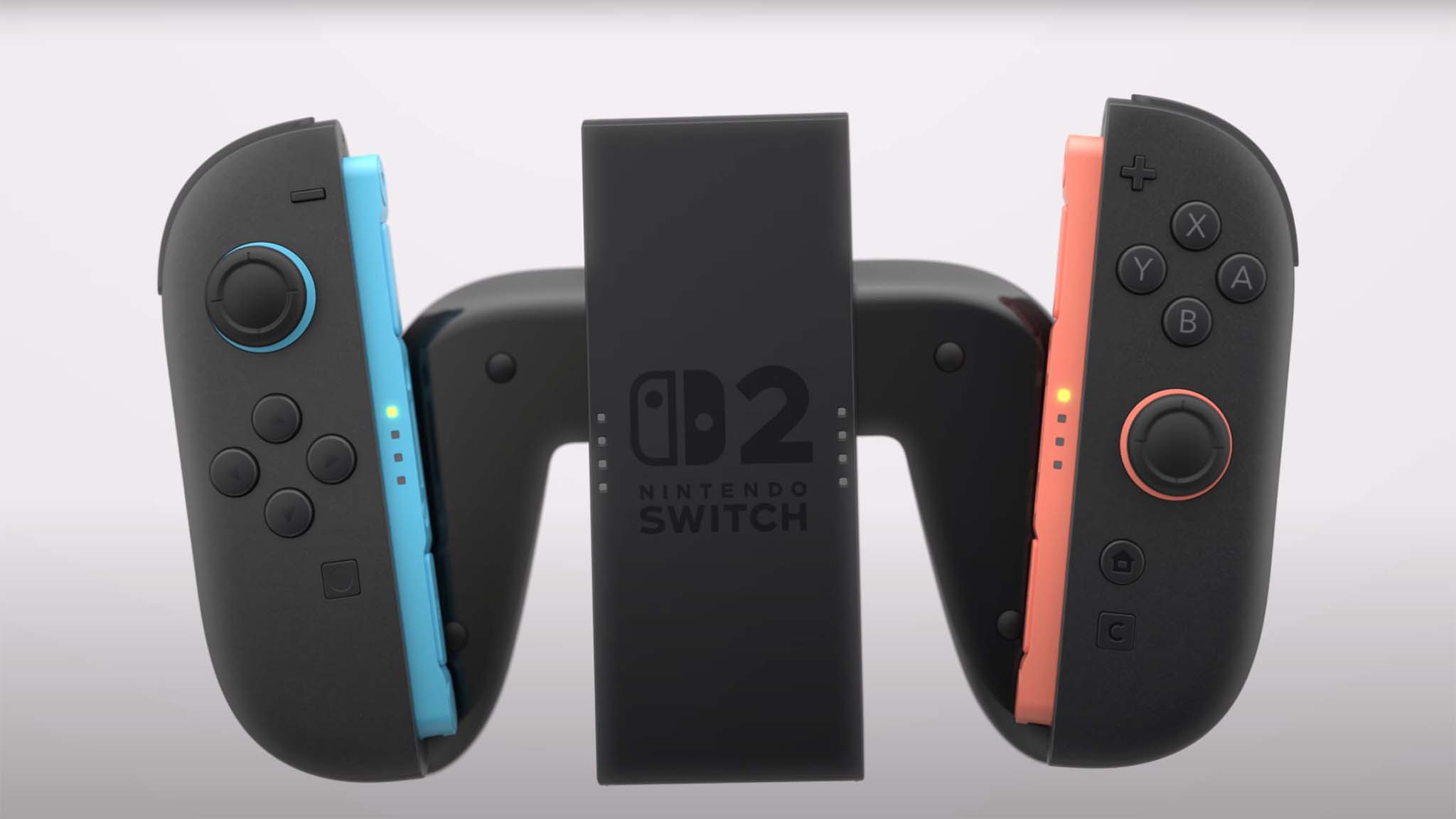
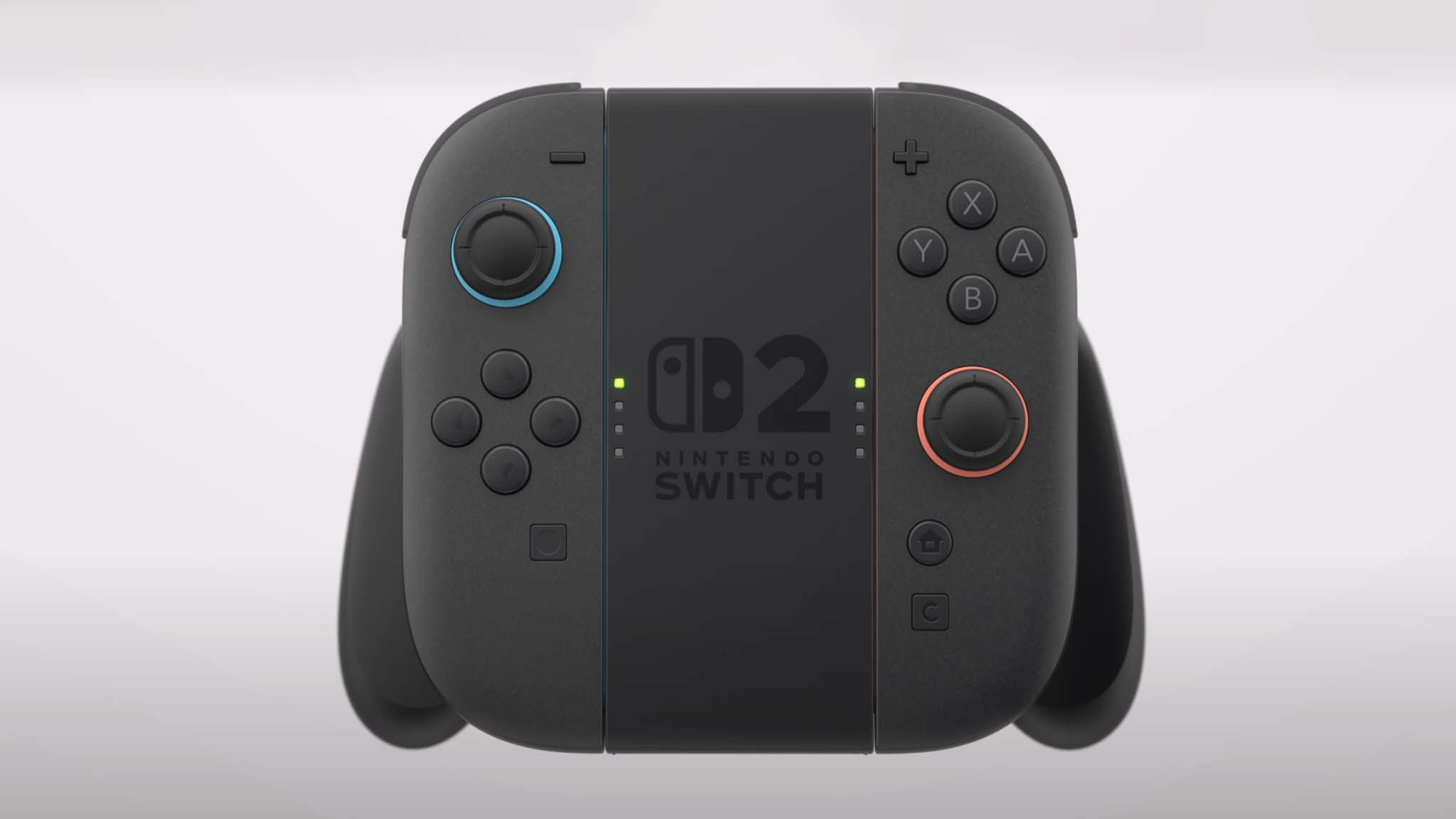
Honestly, neither the Steam Deck nor the Switch 2 is going to be great in this area.
The Steam Deck has a more ergonomic design, overall, but it's relatively heavy, and the grips aren't the best shape. Many people still experience wrist and hand pain while holding this device.
Meanwhile, the Switch 2 JoyCon controllers have absolutely no grips on the back, which is why many people have already preordered accessories like the Satisfye ZenGrip for it.
However, when you take the JoyCon off and connect them to the included controller attachment accessory, you get a lightweight gamepad with better grips than Steam Deck.
WINNER: This is a bit of a tie due to tradeoffs. The Steam Deck grips aren't amazing, but they're better than the non-grips on the Switch 2 JoyCon. However, the Switch 2 comes with an accessory that lets you connect the detached controllers to a more traditional accessory while also providing better grips.
Switch 2 vs Steam Deck: Which should I buy?
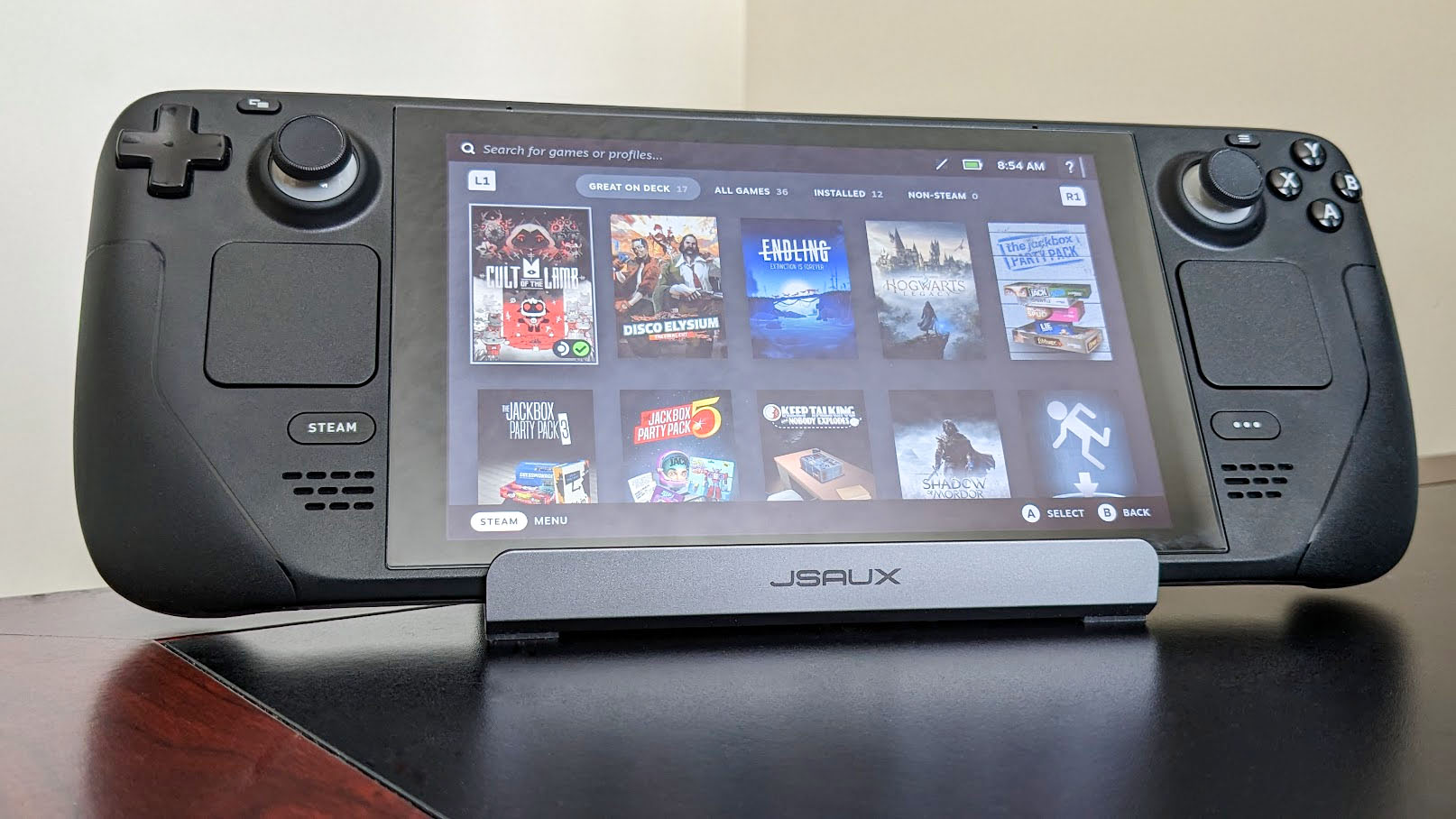
This decision is really going to come down to a matter of preference.
The Nintendo Switch 2's hybrid design and included dock allow it to function as both a handheld and a console without having to buy additional accessories.
However, there's a reason why Valve's handheld has been so popular since it came out. It's less expensive than other PC handhelds and offers great performance with compatible games.
If you like the idea of playing your PC games, then you will likely be better served with a Steam Deck. It won't be compatible with all Steam games, but it will work beautifully with verified titles.
Meanwhile, if you are really invested in Nintendo games or want a system that is far more conducive to split-screen party games, then the Switch 2 will be the better fit.
Its hybrid design and included dock allow it to function as both a handheld and a console without having to buy additional accessories.
Get the Windows Central Newsletter
All the latest news, reviews, and guides for Windows and Xbox diehards.

Self-professed gaming geek Rebecca Spear is one of Windows Central's editors and reviewers with a focus on gaming handhelds, mini PCs, PC gaming, and laptops. When she isn't checking out the latest games on Xbox Game Pass, PC, ROG Ally, or Steam Deck; she can be found digital drawing with a Wacom tablet. She's written thousands of articles with everything from editorials, reviews, previews, features, previews, and hardware reviews over the last few years. If you need information about anything gaming-related, her articles can help you out. She also loves testing game accessories and any new tech on the market. You can follow her @rrspear on X (formerly Twitter).



